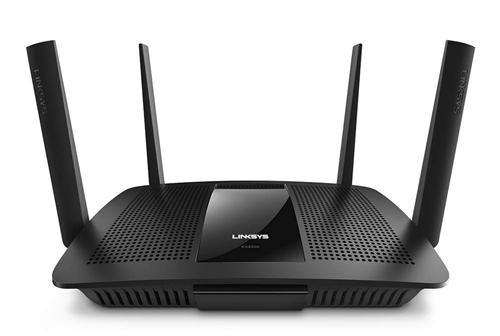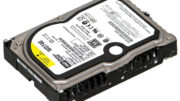I thought maybe it was just me, but when you look at this year’s crop of high-end routers (like this Linksys EA8500) the one thing that strikes you is, they’re really large. As in, about twice the size they used to be. For a while, routers seemed like they were getting smaller and flatter, bringing the antennas inside and adopting more stealthy shapes. When I was at the International CES show back in January, I saw a lot of companies showing routers that looked like they came straight out of the early 2000s, with multiple large antennas. So I decided to find out… what happened?
You can’t beat physics…
Really, when it comes down to routers, you’re dealing with the laws of signal propagation. You’re talking about how much power can be transmitted and how much can be received. There’s nothing really new about that, and unless someone comes up with a miracle material that’s both cheaper and more sensitive to broadcasts than aluminum or silver, the only way to make sure you have more power is to have a bigger antenna. So as people depend more and more on Wi-Fi, they want more and more power. That means bigger antennas.
…but you can innovate.
Today’s router designs incorporate two new technologies that make them more efficient. MIMO technology uses multiple broadcast antennas and multiple receive antennas to make it seem like the router is even bigger than it is. By using six antennas, you get the effect of a single antenna that’s the size of a salad bowl. But you have to have six antennas, and they have to be spaced a little bit apart.
The other big thing happening to routers is Dual-Band technology. For several years, routers have come with 2.4GHz and 5GHz radios. The 5GHz network was usually faster but the 2.4GHz network had better range. Today’s routers can actually combine both signals so that you get better speed and better range. Doing this sort of heavy-duty signal manipulation doesn’t really take up more space, but it does generate more heat so routers tend to be bigger so that the components are spaced further apart.
So should you upgrade?
At this point I’m recommending that everyone except for the most casual users upgrade their routers. If you’re really happy with what the cable company gave you, that’s fine but just know that you could be getting a lot better speed if you just go with a dedicated high-speed router. Yes, the cable company gives you a free one, but did you ever stop to consider that it’s probably worth what you paid for it?





